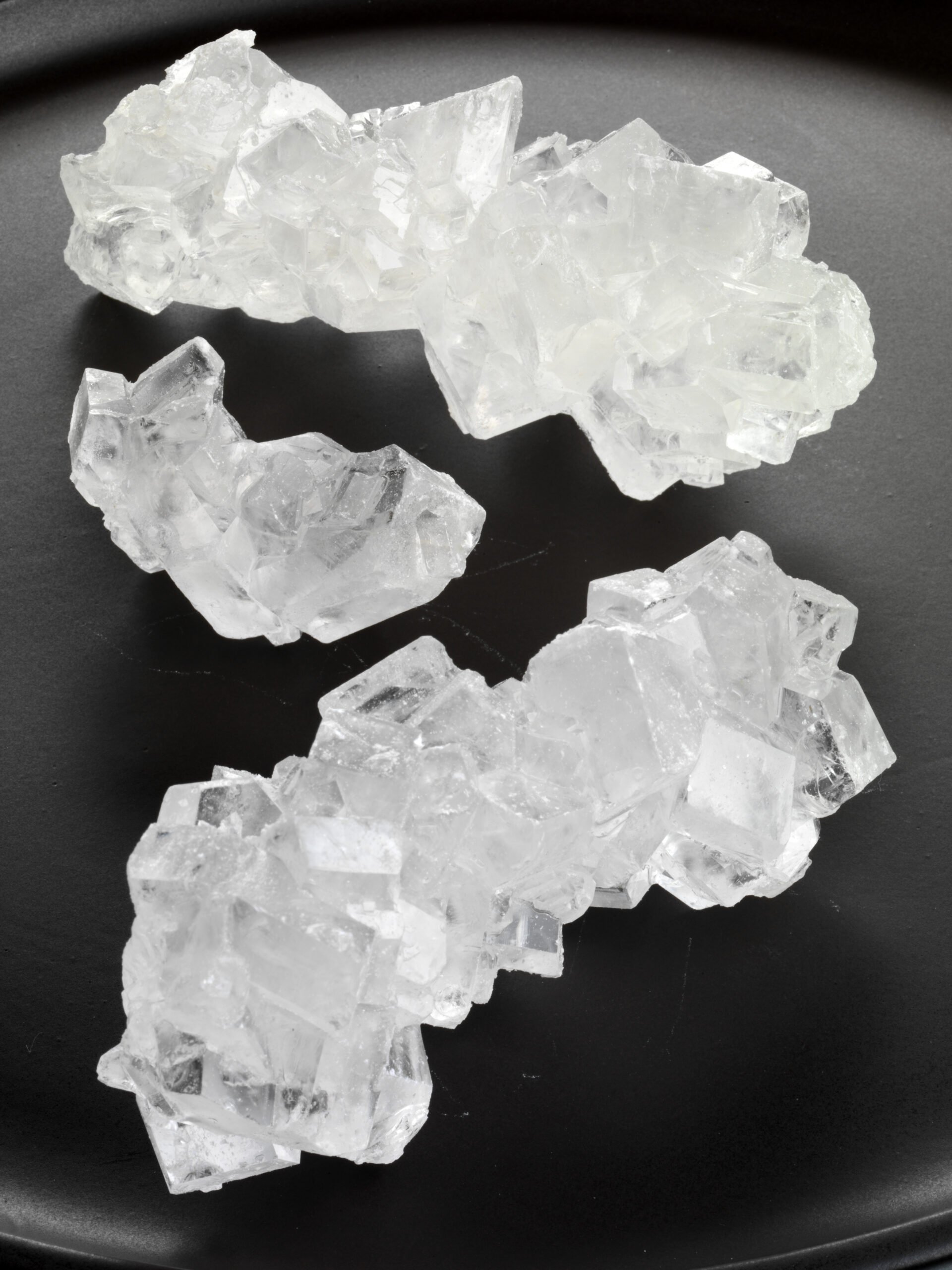
Misri is traditional rock sugar in large, clear crystals. It is not just decorative. People have used it for generations to soothe a sore throat, sweeten saffron milk and offer a mild cooling finish after meals.
With growing interest in natural remedies and traditional habits, misri is back in focus. What is it exactly, how is it used and why has it lasted so long? Let’s take a closer look.
What Exactly Is Misri (Rock Sugar)?
Misri is a type of crystallized sugar made by cooling a concentrated sugar solution until it forms large, clear or golden crystals. Unlike regular white sugar, misri is less processed and often considered gentler on the body in traditional practices.
It’s made using natural methods, typically from cane sugar or palm sugar, and is widely used in South Asian and Middle Eastern cultures.
Whether you call it rock sugar, mishri, or kalkand, this sweet has a texture that’s hard yet pleasantly crunchy — and a taste that’s subtly mellow, not cloying.
Quick Facts about Misri (Rock Sugar)
- What it is: crystallized sugar made by slowly evaporating sugar syrup to form large clear or amber crystals.
- Flavor and texture: clean, gentle sweetness with a cool mouthfeel and a slow melt. Less sharp than table sugar.
- Common forms: whole chunks, small nuggets, powdered misri. Sometimes flavored with saffron or cardamom.
- Best in: saffron milk, herbal teas, paan, light desserts, temple prasad, quick throat soothers.
- How to use: dissolve in hot liquids, crush for sprinkling, or let a small piece melt in the mouth for a soothing effect.
- Substitutes: white sugar for sweetness, rock candy for texture, or jaggery for a deeper caramel note.
- Nutrition per 1 teaspoon (4 g): about 16 kcal, carbs 4 g, sugar 4 g, negligible fat and protein.
- Storage: airtight jar in a cool dry place. Keep away from moisture to prevent clumping. Long shelf life when dry.
- Allergen and diet notes: naturally gluten free and vegetarian friendly. It is still sugar so use in moderation.
- Good to know: often considered gentler on the throat than granulated sugar and used in traditional home remedies.
Forms You’ll Find It In
-
Threaded Misri (Rock Candy): Crystals grown around a string, often seen as decorative and used in traditional ceremonies or offerings.
-
Crystallized Lumps: The most common form — irregular white chunks that dissolve slowly in warm drinks.
-
White Misri: The classic version, purified and almost translucent. It’s the most widely available and used for general consumption.
-
Brown Misri: Less refined, with a light amber hue. Often considered closer to its natural form, it carries subtle earthy notes.
Whether you’re sweetening your tea or soothing your throat, each form adds its own charm and texture.
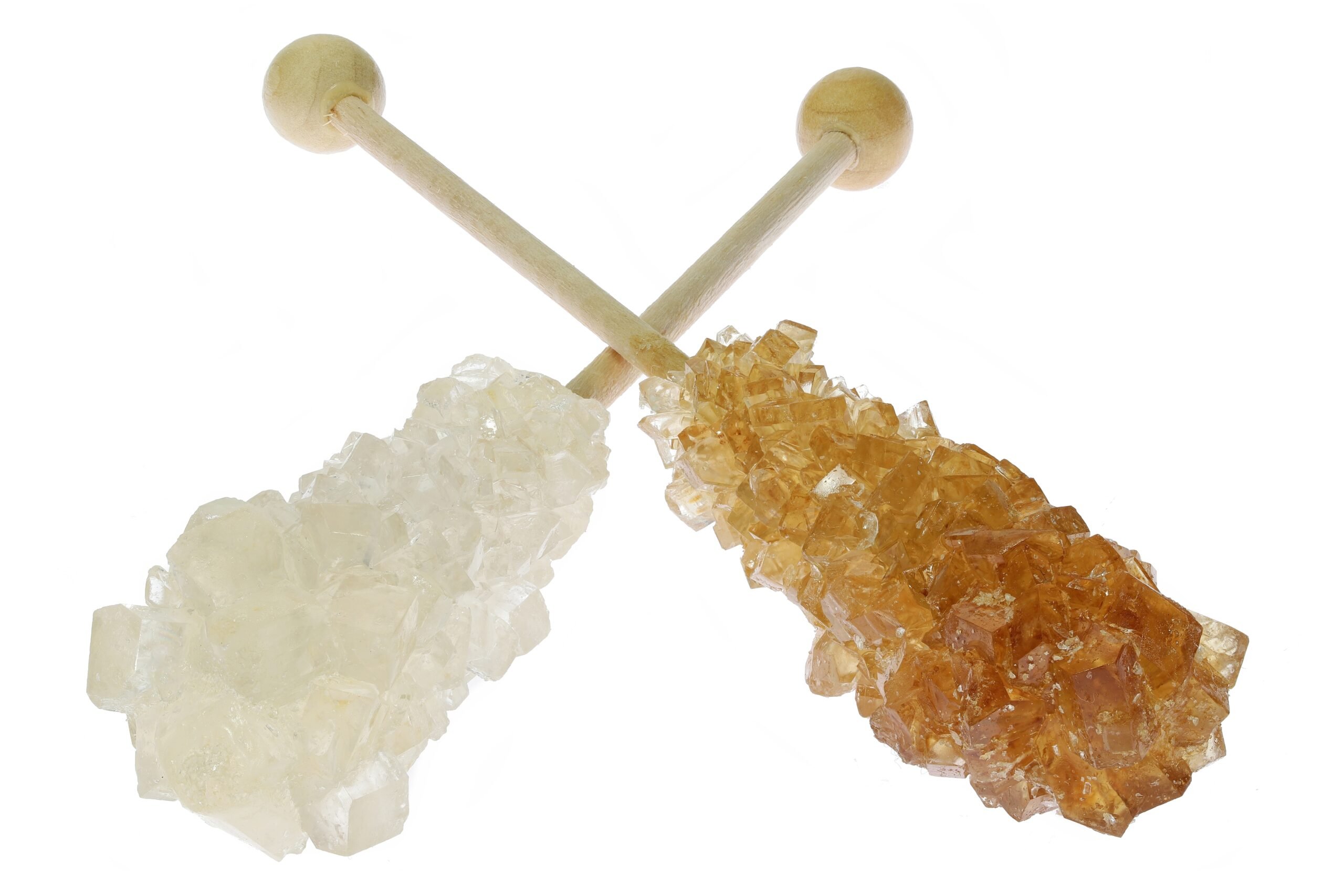
What Does It Taste Like?
Misri has a clean, mellow sweetness that’s noticeably smoother than refined white sugar. It doesn’t hit you with an instant sugar rush — instead, it melts gently on the tongue, leaving behind a soft, cooling aftertaste.
Some say it has a slightly earthy note, especially if made from raw cane or palm sugar. Overall, it’s sweet but not overpowering — the kind of sweetness that complements rather than dominates.
How Misri Compares to Other Sweeteners
Misri vs. White Sugar
While both are made from sugarcane, misri is less processed and doesn’t go through the chemical bleaching that white sugar often does. Its natural crystal form and mild taste make it a preferred option for those seeking a cleaner sweetness.
Misri vs. Jaggery (Gur)
Jaggery is bold, rich, and deeply flavored — think molasses with an earthy twist. Misri, on the other hand, is light and neutral, offering sweetness without the strong aftertaste. It’s perfect when you want sugar that quietly supports, not dominates.
Misri vs. Honey and Maple Syrup
Honey and maple syrup bring added nutrients and antioxidants, but they also come with distinct flavors. Misri is flavor-neutral and solid, making it easier to store and use in recipes where you don’t want the sweetener to steal the spotlight.
Bottom Line
Misri might not boast superfood status, but its simplicity, shelf stability, and gentle taste make it a beloved staple in many kitchens — especially when you want sweetness with a nostalgic, no-fuss twist.
Culinary Uses Around the World
Misri may look like a simple sweet, but it’s quietly working its magic in kitchens across the globe.
India and South Asia
In Indian homes, misri often makes an appearance after meals — served with fennel seeds to freshen breath and aid digestion. It’s also stirred into chai for a mellow sweetness and used in prasad (religious offerings), symbolizing purity and goodwill.
Middle East
In some Middle Eastern cultures, rock sugar is added to black tea, especially in Persian traditions, where it’s called nabat. It not only sweetens the drink but is believed to balance its astringency.
China
Chinese rock sugar, which looks similar to misri, is used in braised dishes and soups to add a smooth, glossy finish and subtly round out flavors in savory recipes — a trick often used in Cantonese cooking.
Europe
You’ll even find versions of rock sugar in parts of Europe. In Germany and the Netherlands, brown rock sugar (Kandis) sweetens strong black tea, especially in colder regions.
How to Use Misri in Everyday Cooking
Misri isn’t just a sweet treat from your grandma’s stash — it can actually be a clever ingredient in the kitchen when used right.
Sweeten Drinks Naturally
Craving chai, coffee, or herbal tea with a softer, rounder sweetness? Drop in a small piece of misri and let it dissolve slowly. Unlike regular sugar, misri doesn’t spike the flavor — it smooths it.
Balance Spicy Dishes
Add a pinch of crushed misri to spicy curries or sauces to balance out the heat. It doesn’t make the dish sweet — it just rounds off harsh edges and enhances flavor harmony.
Use in Desserts
From rice pudding (kheer) to halwa, swap a portion of regular sugar with crushed misri for a gentler, more aromatic sweetness. It works beautifully in traditional recipes and even in modern tweaks like misri syrup over pancakes.
Make Homemade Syrups
You can simmer misri in a bit of water until it dissolves into a light syrup — perfect for drizzling over fruits, baking, or even sweetening yogurt without a grainy texture.
As a Snack
Let’s not forget the old-school charm: pop a piece of misri in your mouth after a meal (bonus points with fennel seeds). It may help refresh your breath.
Misri in Herbal Remedies and Wellness
Misri has long been used beyond the kitchen — especially in traditional wellness practices across South Asia. From soothing sore throats to easing digestion, this crystal sweetener has earned its place in herbal home remedies.
A Classic Throat Soother
One of the most popular uses? Mixing misri with black pepper and ghee to ease coughs and sore throats. This old-school remedy may help reduce throat irritation and calm dry coughs, especially when taken before bedtime.
For Better Digestion
Misri is often paired with fennel seeds after meals, not just for its sweet kick but because it may support digestion and reduce acidity. It's commonly offered at restaurants in India for this reason.
Gentle Energy Boost
In Ayurvedic practices, misri is sometimes added to herbal concoctions or warm milk to provide a mild energy lift, especially during recovery from illness or fatigue. Its slow-releasing sweetness is thought to be easier on the system than processed sugar.
Menstrual and Stress Relief
Some traditional remedies include a blend of misri, sesame seeds, and ghee to help with menstrual discomfort. It’s believed this mix may provide warmth and soothe mild cramps or stress-related tension.
How to Store It Right
Misri (rock sugar) is surprisingly low-maintenance — one of the reasons it's lasted in kitchen cupboards for generations.
-
Keep it dry: Moisture is the enemy. Store misri in an airtight container to prevent it from clumping or getting sticky.
-
Avoid heat and sunlight: A cool, dark spot (like a pantry or cabinet) helps preserve its texture and clarity.
-
Use a clean, dry spoon: Especially if you’re scooping small pieces regularly. This avoids introducing moisture or contaminants.
Properly stored, misri can last **months—even years—**without losing its charm.
Nutritional Value (Per Teaspoon – approx. 4 grams)
-
Calories: ~15–16 kcal
-
Carbohydrates: ~4 g (mostly sugars)
-
Fat: 0 g
-
Protein: 0 g
-
Fiber: 0 g
-
Minerals: Trace amounts of calcium, magnesium, and iron (minimal)
While misri is slightly less processed than white sugar, it still offers little nutritional value aside from calories. Think of it as a gentler sweetener for occasional use — not a health food.
Health Benefits of Misri
While misri is still a form of sugar, it’s often celebrated in traditional wellness for a few gentle benefits — especially when used in moderation.
-
Soothes sore throats: Misri may help coat the throat and reduce irritation. That’s why it’s often added to herbal teas or warm milk (Source).
-
Energy booster: Its quick-dissolving sugar can provide an instant pick-me-up, making it a popular bite during fasting or fatigue (Source).
-
Aids digestion: In traditional practices, a small piece of misri is eaten after meals. It may stimulate saliva production and gently support digestion (Source).
-
Mood uplifter: The sweet taste, paired with its use in warm comfort drinks, can contribute to a sense of relaxation and contentment (Source).
Potential Health Risks
While misri is less refined than white sugar, it’s still sugar — and overconsumption can come with downsides.
-
Blood sugar spikes: Misri can raise blood glucose levels just like other sugars. It may not be suitable for people with diabetes or insulin resistance (Source).
-
Tooth decay: Just like candy or table sugar, misri can contribute to cavities if consumed frequently without proper dental care (Source).
-
Hidden calories: Because it’s often seen as a “natural” sweetener, it’s easy to overuse. But the calories still add up and may lead to weight gain over time (Source).
Final Thoughts
Misri isn’t just old-fashioned candy in a tin. It’s a small part of food culture, comfort and care. From easing a sore throat to brightening chai, it offers more than plain sweetness.
Use it mindfully, enjoy its gentle taste and let it remind you that simple things often carry the most flavor and meaning.


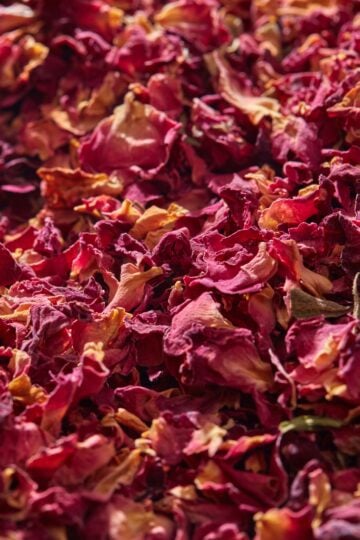
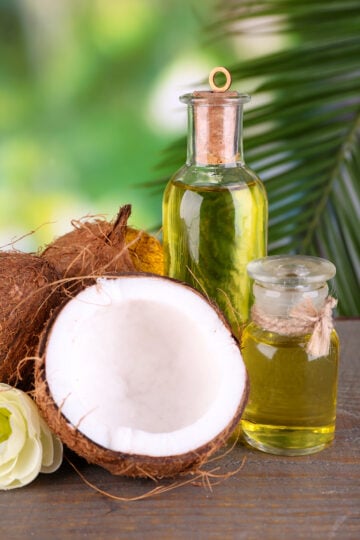
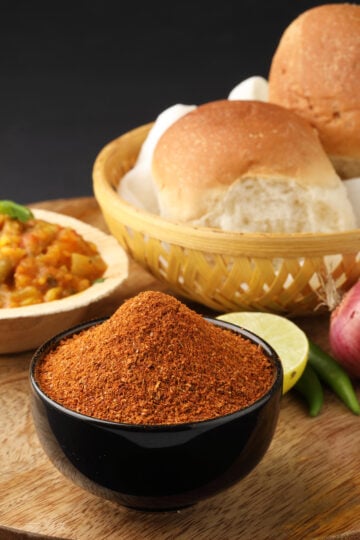
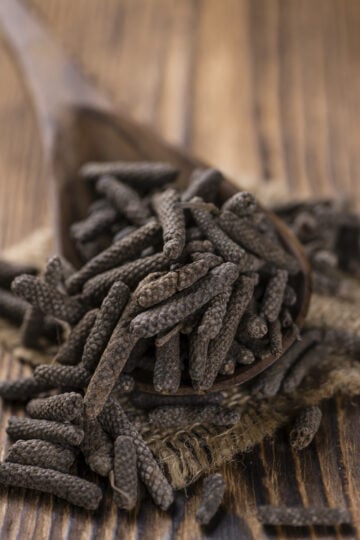
Have a question or something to share? Leave a comment below!